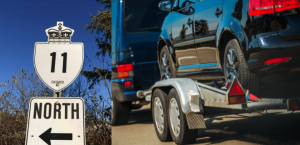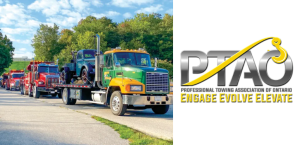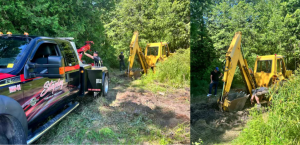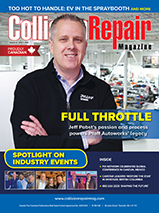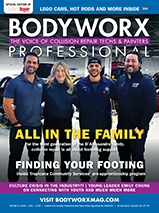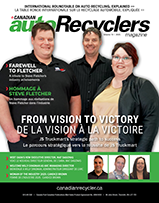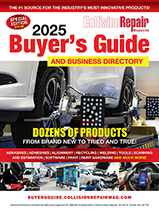Why fortune will favour towing businesses that invest in long hauls
BY GIDEON SCANLON
Offering ‘friends rates’ might sound like a bad business philosophy, but, for mid-sized towing service providers looking to carve out a ‘blue ocean space’, there are advantages in certain situations.
This month, one of the most respected papers on the auto repair sectors, the 13th annual white paper, A 2018 Profile of the Evolving U.S. and Canada Collision Repair Marketplace from the Romans Group LLC, made it clear that Canadian tow businesses may now be in a position to one such situation.
In Canada, collision repair shops are—on average—smaller than in the United States. That is also true of the sector’s dollar value. The U.S. collision industry is 15 times as profitable as its Canadian counterpart—but there are only 11 American cars for every Canadian one. More interestingly, there are only seven times as many repair businesses open in the United States as in Canada. On a per-business level, the average shop in the United States is 2.4 times as profitable one up north.
This shop size difference is key to understanding why Canadian businesses are not able to generate as much profit as their American peers. As a shop’s volume of business increases, their efficiency in making repairs also increases because those businesses have the means to invest in the latest technology, training and industry certifications. As they grow, they tend to drive less efficient businesses in their areas out of business. This is not happening as frequently in Canada as in the United States. While some larger facilities are able to thrive up north, they tend to be clustered in one of two places: around the outer edge of metropolitan commuter belts, or within mid-sized, regionally important cities. Within the more expensive downtowns, specialty shops can sometimes find their niche, but mid-sized locations are hard to spot downtown. In more rural locations, small to mid-sized businesses tend to rule the roost—limited local demand being a cap on the market.
With 8.75 times as many Americans as Canadians, living across a slightly smaller landmass, far more of the United States lies in the ‘Goldilocks zone’ for larger, better equipped facilities. In Canada, with its relatively dispersed population, smaller operators have a healthy niche. While these businesses may not be as efficient as bigger ones, their proximity to population centres often means they will be the most economically optimal place for a vehicle to be towed. And therein lies the rub—or, rather, the opportunity.
Mid-sized fleet businesses that are able to establish business relationships with these premier businesses, have a distinct opportunity to expand their spheres of geographic control. By reducing the cost of long-haul rates, tow providers essentially increase the amount of territory it becomes economically efficient to tow a vehicle to a top-tier shop.
As these businesses expand, the value of being a favoured—or formal—towing provider also increases. As smaller shops become less favoured, their doors close, leaving larger and larger areas of ‘blue ocean space’ for towing fleets.
Of course, smaller towing providers—especially single truck operations— will also struggle to compete with tow fleets able to use the economics of scale to appeal to collision facilities and to auto insurers. CTP


